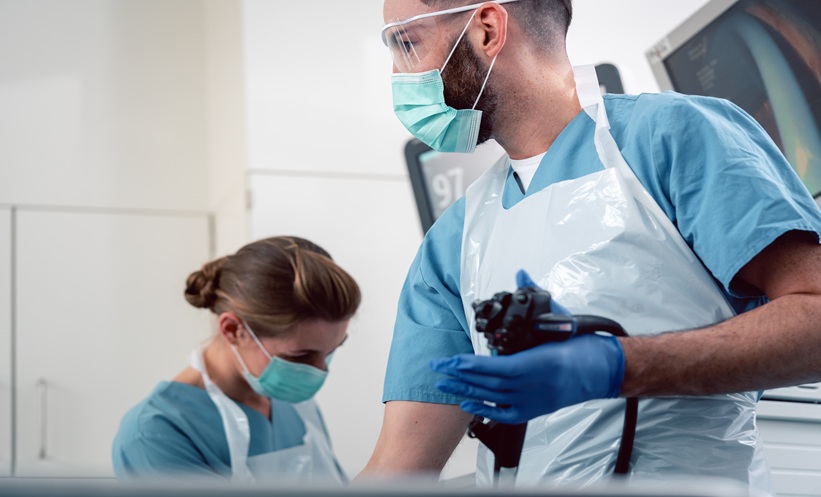INVASIVE gastric cancer may develop in distinct patterns after eradication of Helicobacter pylori, with endoscopic surveillance revealing unique clinical characteristics compared to intramucosal gastric cancers. A large multicenter study sought to clarify these features by analyzing cases diagnosed during routine surveillance.
Researchers retrospectively evaluated patients across 14 institutions between 2001 and 2022. They compared 116 patients with invasive gastric cancer, defined as submucosal or deeper invasion after resection, against 189 patients with intramucosal gastric cancer. Logistic regression was applied to assess tumor depth in relation to patient and mucosal factors.
The analysis identified several distinguishing traits of invasive gastric cancer following H. pylori eradication. Patients with invasive disease were more likely to have undergone eradication because of a prior gastric cancer diagnosis, with an adjusted odds ratio (OR) of 2.67. Tumors were also more frequently located in the upper third of the stomach (OR 2.63). Another key marker was the absence of map-like redness, which showed a strong association with invasive disease (OR 4.12).
A subgroup analysis revealed additional risk patterns. Invasive gastric cancers with reduced map-like redness were more often seen in younger female patients and were associated with antral intestinal metaplasia. These tumors were frequently undifferentiated or of mixed histological type.
The findings highlight that invasive gastric cancer can emerge during routine surveillance even after successful H. pylori eradication, often in challenging anatomical and histological contexts. The absence of map-like redness and a predilection for the upper stomach may complicate early detection. Recognizing these features could aid endoscopists and gastroenterologists in refining surveillance protocols and improving early identification of high-risk lesions.
Reference: Sasaki A et al. Clinical Features of Invasive Gastric Cancer Developed After Helicobacter pylori Eradication During Regular Endoscopic Surveillance. Dig Endosc. 2025. doi: 10.1111/den.70043







